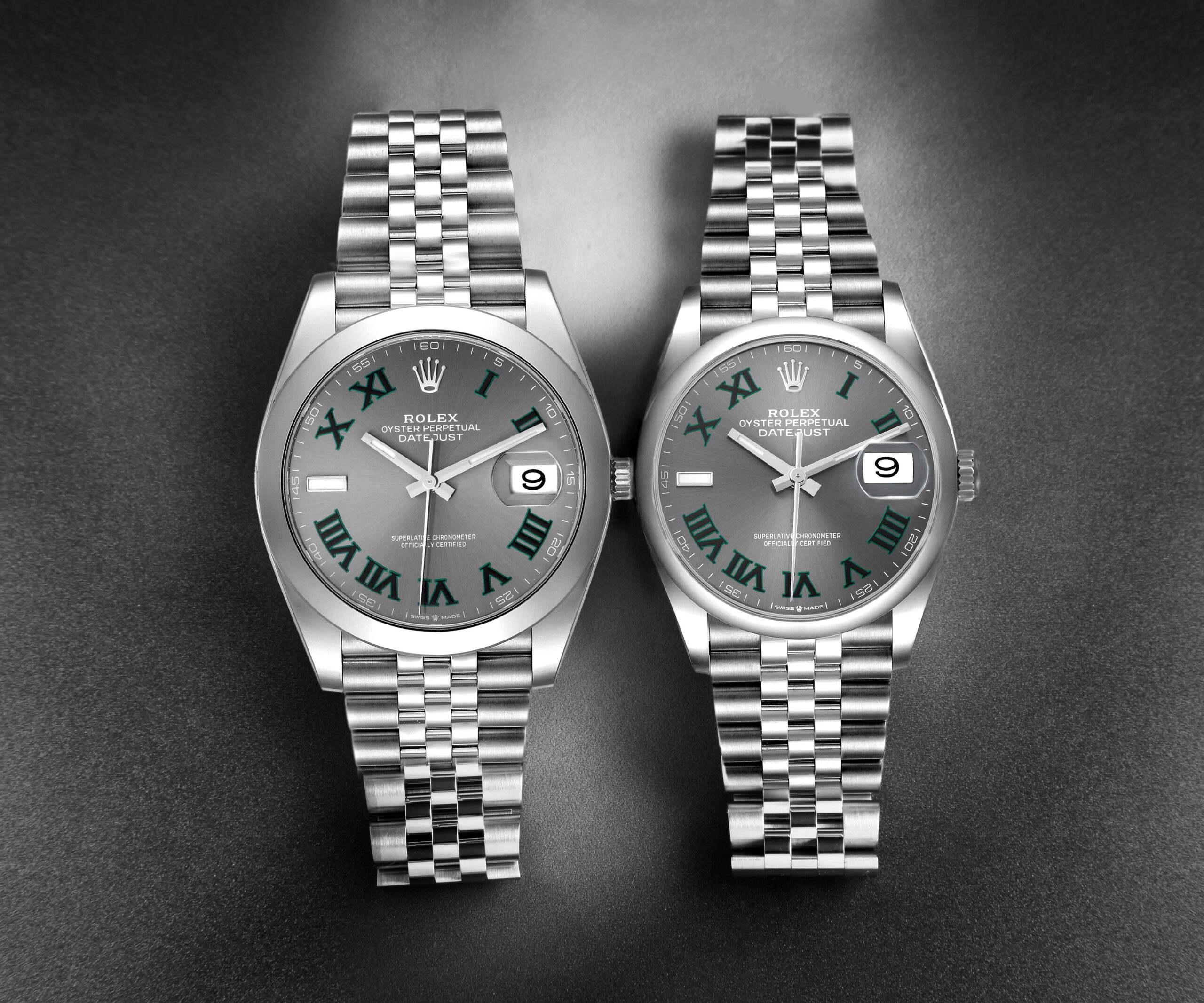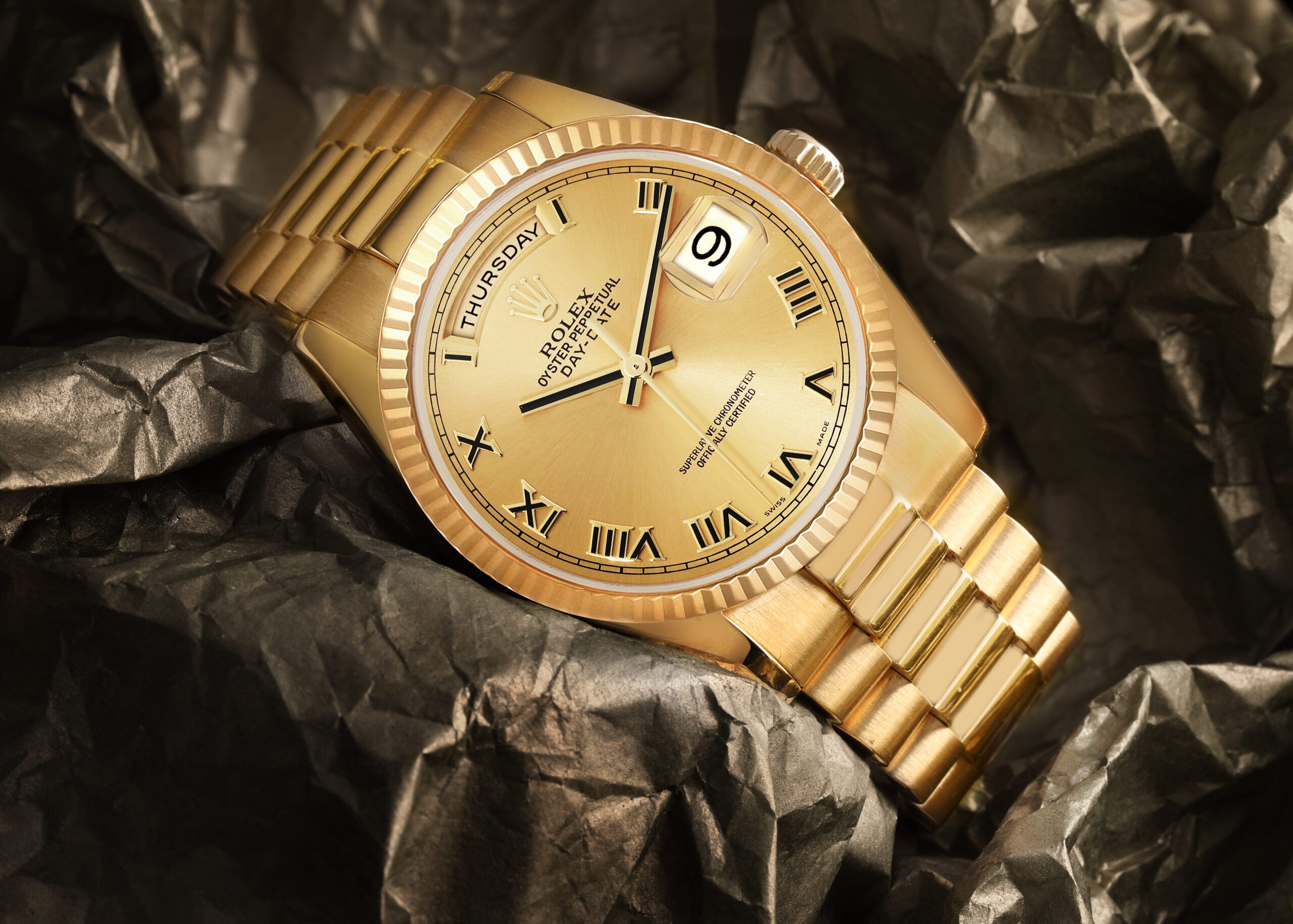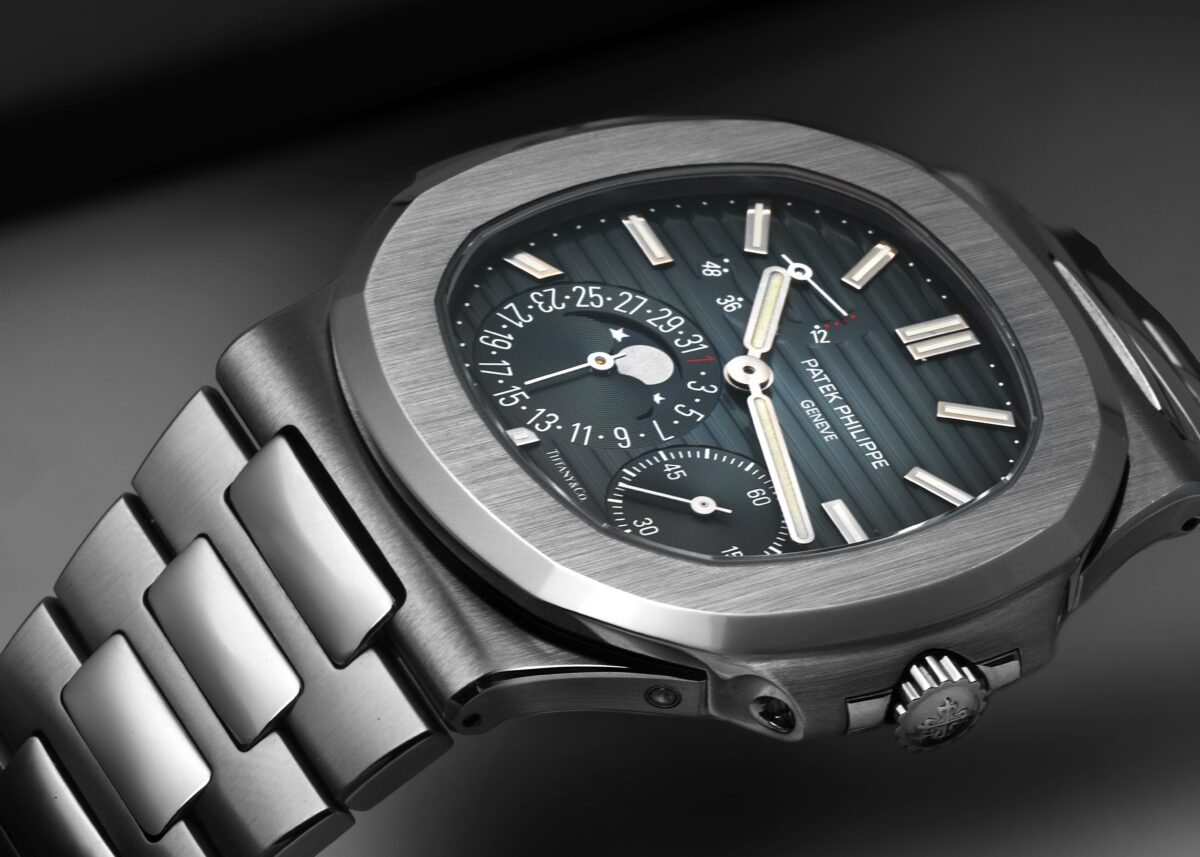Rolex. The name itself evokes images of meticulous craftsmanship, precision engineering, and timeless luxury. Every detail on a Rolex watch is deliberate, from the sweep of the second hand to the weight of the bracelet. But look a little closer at the dial of a model with Roman numerals, like a Datejust or a Daytona.
Focus on the number four. You won’t see “IV.” Instead, you’ll find “IIII.”
For many, it’s a detail that goes unnoticed for years. Once you see it, however, you can’t unsee it. Is it an error from the world’s most famous watchmaker? Far from it. This curious choice is a deliberate nod to centuries of design tradition and a quest for perfect symmetry.

A Question of Perfect Balance
The most widely accepted reason for the “clockmaker’s four,” as it’s known, is visual balance.
Watch and clock dials are all about aesthetic harmony. On a typical dial, the Roman numeral for eight is “VIII.” It’s the visually heaviest and most complex numeral on that side of the dial. If you were to place “IV” at the four o’clock position, it would look flimsy and unsubstantial opposite the robust “VIII.”
By using “IIII,” watchmakers create a visual counterweight. The four individual strokes of “IIII” provide a much better balance to the three strokes and two ‘V’ shapes of “VIII.” This divides the watch face into three visually distinct sections:
I, II, III, IIII: Four numerals composed entirely of ‘I’s.
V, VI, VII, VIII: Four numerals that all use a ‘V’.
IX, X, XI, XII: Four numerals that all use an ‘X’.
This creates a subtle but powerful sense of order and symmetry that is central to classic design.

A Nod to Ancient History
The use of “IIII” isn’t a Rolex invention; it’s an ancient tradition. For centuries, long before mechanical clocks, sundials and early public clocks used “IIII.”
One popular theory suggests this was done to avoid offending the gods. The Romans would not have abbreviated the name of their supreme deity, Jupiter, which in Latin began with IVPITER. Using the first two letters of a god’s name for a mere number was considered disrespectful. While this is a fascinating story, the “visual balance” theory holds more weight in modern horology (the art of watchmaking).
This tradition was simply carried over by clockmakers for centuries. You can even spot the “clockmaker’s four” on iconic public clocks like London’s Big Ben. For a brand like Rolex, which is built on a foundation of heritage and timelessness, respecting this horological tradition is paramount.

The Rolex Way: Tradition Meets Perfection
So, why does Rolex stick with this convention?
Because it perfectly aligns with their brand philosophy. It’s a decision that honors horological history while simultaneously achieving a superior aesthetic result. It’s a testament to a brand where no detail is too small and every element is a conscious, well-reasoned decision.
The next time you glance at a Rolex, you’ll see more than just the time. You’ll see a small but significant piece of design history, a quiet commitment to balance, and a story of tradition hiding in plain sight.
<
This commitment to history, balance, and meticulous detail is what makes owning a Rolex such a unique experience. Now that you’re in on one of the most charming secrets in watchmaking, we invite you to see this beautiful tradition for yourself.
Explore the curated collection of Rolex timepieces at SwissWatchExpo, where you can find stunning examples featuring the classic “clockmaker’s four” alongside a vast selection of iconic dial designs. Discover the perfect model that speaks to your own sense of style and history.
<





